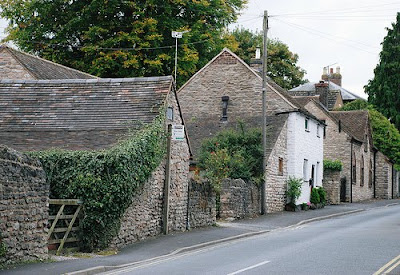Here we have a meal I made using pumpkin:
Roasted Pheasant with Seasoning (stuffing) with a fig sauce. A brussels sprout salad with hot bacon dressing (like we used to make at Chimney Park.) Finally I made pumpkin three ways for a textural experience. Pumpkin pureed, roasted and breaded fried cubes.

Brussel Sprouts with Warm Bacon Dressing
1 lb brussels sprouts
10 slices smoked lean bacon
2 teaspoons brown sugar
1/2 cup white wine vinegar
10 green onions, chopped
Peel the leaves off the brussel sprouts wash, dry and set aside. You can leave the inner portion and make a separate dish with mini sprouts later. yu culd even blanch the mini sprots and have them ready in the frig for your next meal.
In a skillet, sauté bacon until crisp; crumble into pan. Drain, reserving a tablespoon of bacon drippings. Add the sugar,vinegar and green onions and heat through.
Pour over the brussel sprout leaves, toss and serve.

Other ways this seasonal plate is good for a body:
Figs are high in natural and simple sugars, minerals and fibre. They contain good levels of potassium, calcium, magnesium, iron, copper and manganese. Dried figs contain an impressive 250mg of calcium per 100g, compared to whole milk with only 118mg.
http://food-facts.suite101.com/article.cfm/fabulous_figs
Brussels Sprouts Nutritionally, they have the same cancer-inhibiting potential as cabbage and other cruciferous vegetables (such as broccoli and cauliflower) because they contain the nitrogen compounds called indoles and a significant amount of vitamin C. Brussels sprouts also supply good amounts of folate (folic acid), potassium, vitamin K, and a small amount of beta-carotene.
http://astronutrition.com/brussels-sprouts.html

On another night from the same pumpkin as above, I made a pumpkin curry with roasted pumpkin and boiled potatoes. Some of the left-over pureed pumpkin from the previous night's dish enhanced the sauce. The curry was topped with toasted pumpkin seeds and tiny fried potato cubes.
I also made pumpkin, potato and mushroom samosas and a cooling cucumber salad.


Happy Halloween!















































